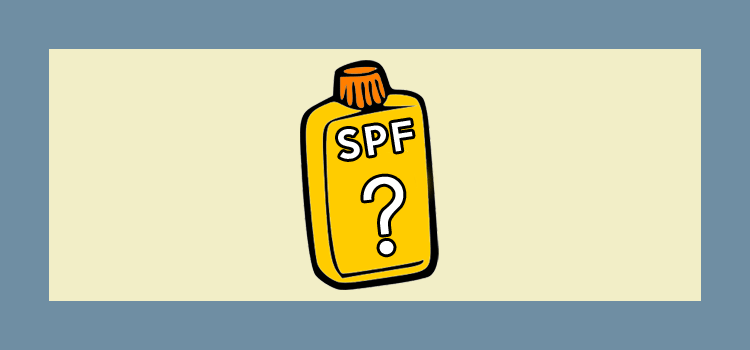The World is a Dangerous Place
What if we told you that every day you are being attacked by invisible rays that damage the DNA in your skin cells causing generative mutations? No, it is not the apocalypse or the attack of alien invaders. It’s the sun, or more precisely, its ultra-violet (UV) rays. Though without sun there would be no life and certainly no wonderfully luxurious beach vacations, the sun must be given the appropriate dues for its capacity to do harm.
Hopefully your mom was aware of these dangers and would routinely whip out the pink Coppertone bottle every time you were playing hopscotch outside. But what can a creamy white lotion do to protect you from the sun? To answer that, we must answer the question of how sunscreen works.
How Does Sunscreen Work?
Sunscreens employ a mix of organic and inorganic ingredients that naturally reflect, scatter, or absorb UV rays and ultimately dissipate them as heat, protecting you and your skin from their harmful side effects. If you were to turn your bottle of SPF over, you’d likely see some mix of the following: inorganic ingredients like zinc oxide or titanium oxide, which reflect and scatter UV radiation or organic elements like oxybenzone or octyl methoxycinnamate, which absorb the radiation so that your skin doesn’t have to. These inorganic formulas are often called physical sunscreens or “barriers,” while their organic counterparts are known as chemical sunscreens. Most broad-spectrum sunscreens use both types of ingredients to increase efficacy, but more on that later.
Unfortunately, it’s not as simple as just stopping UV rays – it’s about stopping the harmful ones.
The Types of Ultra-Violent Radiation
UV radiation is an invisible part of the light spectrum that makes its way from the sun to Earth. The wavelengths are classified as UVA, UVB, and UVC, with UVA boasting the longest wavelength of the three and the deepest penetration into the skin. Most UVC rays are absorbed by the Earth’s ozone layer, which explains why they haven’t gotten the same negative media attention as those pesky UVA and UVBs, which penetrate the atmosphere and play a role in the various conditions we try to avoid (think: pre-mature aging, eye damage, and the big C – skin cancer).
Luckily, most modern sunscreens are formulated to protect us from both UVA and UVB rays.
What’s Your Sun Protection Factor?
Yes, SPF does stand for something, and that something is “sun protection factor.” Sunscreens are labeled with a numerical SPF value, which is meant to measure how effectively the sunscreen limits your skin’s exposure to UVB rays. SPF is calculated based on the time it takes to burn skin that has been treated with the sunscreen compared to skin that hasn’t been treated with the sunscreen.
Not surprisingly, the higher that number, the more protection the formula can claim to have. But there’s a catch. Just plain old SPF doesn’t measure the effectiveness of a sunscreen against UVA radiation. Only products that have what is considered “broad-spectrum protection” or “full-spectrum protection” protect against both. Be sure to read your labels.
Sunscreen versus Sunblock
No, they’re not the same thing. It gets down to the ingredients and how they work. Remember how some ingredients reflect or scatter UV rays, while others absorb them? Well sunblock contains those reflective ingredients that “block” UV rays from getting to your skin (the quotation marks are thanks to our friends at the FDA; they don’t take too kindly to what they consider misleading words). Even though sunblocks cannot completely block out the sun, they do their darnedest. And in order to do so, traditional sunblocks are generally thicker, hard to wash off, and most notoriously, to blame for the white -nosed lifeguard archetype. Sunscreens, on the other hand, rely mainly on chemicals to absorb UV radiation and as such avoid the white paint look. To make things easier on you, you shouldn’t see the word “sunblock” at your local drugstore anymore.
Thankfully, most modern sunscreens are actually a combination of both types of ingredients, providing you the protection you want, while not ruining your super cool reputation. So just put some on already. Your skin will thank you.
For more information on the differences between those bosom buddies UVA and UVB, check out this guide.
Better yet, take an in-depth look at sunscreen labels with your friends at the American Academy of Dermatology and the FDA.
We also think this is pretty cool (the Internet seemed to like it as well).

